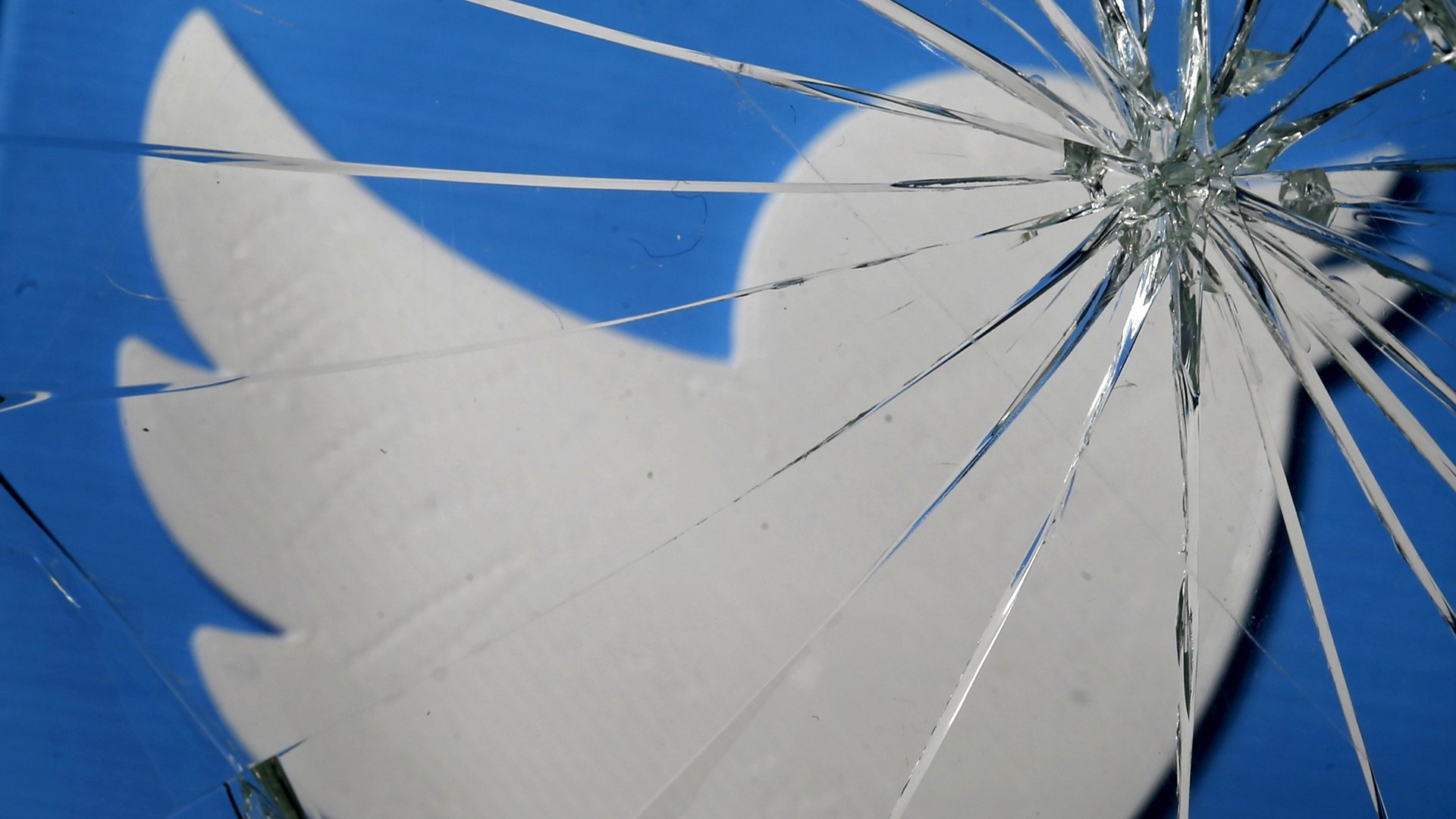Twitter’s longer tweet trial exposes the fundamental problem with its business model
Social media site Twitter is trialling longer, 280-character limits to help users “easily express themselves.” At first glance this announcement might seem like nothing but a nice new feature. But this new step exemplifies two ways in which Twitter continues to tread a fine line between success and failure.


Social media site Twitter is trialling longer, 280-character limits to help users “easily express themselves.” At first glance this announcement might seem like nothing but a nice new feature. But this new step exemplifies two ways in which Twitter continues to tread a fine line between success and failure.
Firstly, what this move demonstrates is how difficult it is to get the balance between being distinctive and having to move closer to the features that rivals offer. Secondly, the new measure heaps new problems onto an unstable business model that keeps Twitter unprofitable.
In the announcement of more space for longer messages, Aliza Rosen, Twitter’s product manager and Ikuhiro Ihara, the senior software engineer, argued that some languages need more characters to express a message than others. Confident that most users won’t have a basis for comparison, they proposed that giving a larger space for messages to some English-language users will stem frustration at the traditional limit. But their post immediately contains a giveaway contradiction:
Twitter is about brevity. It’s what makes it such a great way to see what’s happening. Tweets get right to the point with the information or thoughts that matter. That is something we will never change.
This contradiction is at the heart of the dilemma that all social media platforms face. If successful in attracting users, they have to offer something distinctive. Yet as new rivals enter the scene they have to innovate and this usually means adopting features others have borrowed. It’s easy to forget that, for some years after its roll-out in 2006, it was impossible to include an image with a tweet—you could only link to a picture hosted elsewhere and you had to be careful over how long URLs were.
But as people became used to the greater flexibility of Facebook and then Instagram, Twitter too had to offer opportunities to include images, links, and videos. The truth is that the 140 character limitation has long gone.
Nevertheless Twitter does still offer a specific format, appealing to many. You can compose a brief message accompanied by links, images, and a short video and broadcast it to other Twitter users. You don’t have to regulate “friends” and although you might not like all the reactions and responses you get, you might succeed in getting your post across to the audience you want.
All these features account for why Twitter’s business model is inherently unstable. It costs a great deal of money to provide the services that people sign up for for free, yet their willingness to accept advertisements and paid-for content is limited. People turn away from Twitter if their feed includes too much stuff they haven’t chosen. Therefore, Twitter has never yet been able to earn sufficient income to pay its expenses. Profitability is still deferred, as it always has been.
Twitter and Trump
Two years ago, teaching a course called Understanding Media, I used to argue that Twitter was in a precarious position. Then Trump happened. One advantage Twitter has had since its launch is that it has always been talked about in the media, from sports to business, from TV to online newspapers. Nevertheless the new president’s fondness for this specific platform could not have been predicted and has led to an exponential growth in stories that mention Twitter. But it hasn’t been enough to correct the fundamental problems.
As technology journalist Charles Arthur wrote in the Guardian in February, not even the best efforts of Donald Trump can pull Twitter out of its dive. The company’s fourth-quarter results showed a loss of $167 million (compared with $90 million a year before) on flat revenues of $638 million, with no clear path to profit. This despite the fact that the US president’s frequent outbursts helped increase the number of users by two million to 319 million.
Twitter exists in a highly competitive world, always glancing over its shoulder at competitors such as Sina Weibo, which earlier this year claimed to have overtaken Twitter in numbers of users. Sina Weibo offers more space than Twitter in each post. But Twitter’s new announcement, as if playing catch up, can do little if anything to address the fundamental challenges the social media platform continues to face.
This article was originally published on The Conversation. Read the original article.